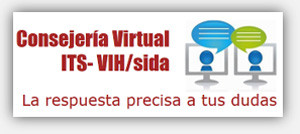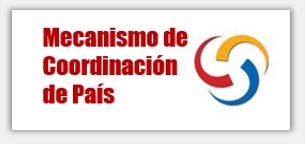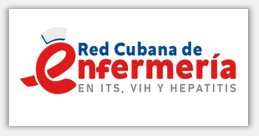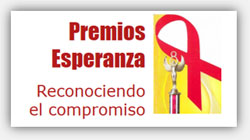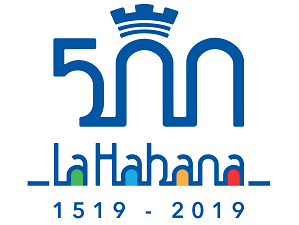Publicado el boletín HIV This Week No. 97
 Este boletín es publicado por el Programa Conjunto de las Naciones Unidas Sobre el Sida, ONUSIDA. Los editores y especialistas de ese espacio realizan una exploración selectiva de información relacionada con el VIH publicada en revistas científicas. Luego interpretan los resúmenes originales y proporcionan un comentario, que no representa ninguna declaración oficial de ONUSIDA, pero promueve el debate y el análisis profesional sobre el tema. En idioma inglés. Puede suscribirse para recibirlo por correo electrónico.
Este boletín es publicado por el Programa Conjunto de las Naciones Unidas Sobre el Sida, ONUSIDA. Los editores y especialistas de ese espacio realizan una exploración selectiva de información relacionada con el VIH publicada en revistas científicas. Luego interpretan los resúmenes originales y proporcionan un comentario, que no representa ninguna declaración oficial de ONUSIDA, pero promueve el debate y el análisis profesional sobre el tema. En idioma inglés. Puede suscribirse para recibirlo por correo electrónico.
En esta ocasión, puede acceder a los comentarios en inglés de los siguientes temas:
1. Gender based violence
- Gender inequality norms, rape, and HIV risk: high time for legislative change in Botswana and Swaziland
- Pro wife-beating attitudes are a red flag identifying men trapped in maladaptive masculinities in Rwanda
2. Economics
- Streams of economic benefits offset treatment costs in low- and middle-income countries and generate excellent returns on investment
3. Microbicides
- Everything you need to know in the lead up to the Microbicides 2012 conference in Australia
4. Post-exposure prophylaxis
- Guidelines for PEPSE (PEP following Sexual Exposure) in the United Kingdom
5. Basic science
- The fascinating origins of the HIV pandemic
6. Injecting Drug Use
- Women who inject drugs at modestly higher HIV risk than men in high HIV prevalence settings
- Implications of ecological evidence of reduced ‘community viral load’ following antiretroviral treatment roll-out to people who inject drugs
7. Epidemiology
- Couple serodiscordancy patterns in sub-Saharan Africa can inform prevention programming
- Adjusted BED estimates: can mathematics really make HIV incidence determination simpler?
8. Treatment
- Early mortality (death in the first year of antiretroviral treatment) is highest in sub-Saharan Africa, followed by Asia, and the Americas
9. Non-subtype B infection
- Subtype A is the least aggressive: could subtyping play a role in clinical management in the future?
- Would CCR5 antagonists like maraviroc work in India, Uganda, and South Africa: which co-receptor (CCR5, CXCR4) are non-subtype B viruses attracted to (tropism)?
10. Pre-exposure prophylaxis
- What would happen to HIV transmission and drug resistance in Botswana if pre-exposure prophylaxis programmes were introduced?
11. Research conduct
- Challenges posed by non-inferiority designs for trials of new HIV prevention technologies
- Good practice case study of knowledge translation and exchange (KTE) with adolescent survey participants in South Africa
12. Health care delivery
- Listening to health care workers: ideas on how to improve PMTCT services in Uganda
- How competing risk of death affects estimates of loss to follow-up in antiretroviral treatment programmes in Zambia and Switzerland
13. Adolescents
- Adolescents at a Cape Town community-based antiretroviral therapy clinic have better immune responses despite less virus suppression
- Low levels of HIV knowledge among street adolescents in rehab centres in Kinshasa
14. Preventing new paediatric infections
- Quality of antenatal care also affects PMTCT coverage in the PEARL study in Cameroon, Cote d’Ivoire, South Africa and Zambia
- The weak link in preventing paediatric infection: HIV acquisition during pregnancy and breastfeeding and what can be done about it.
